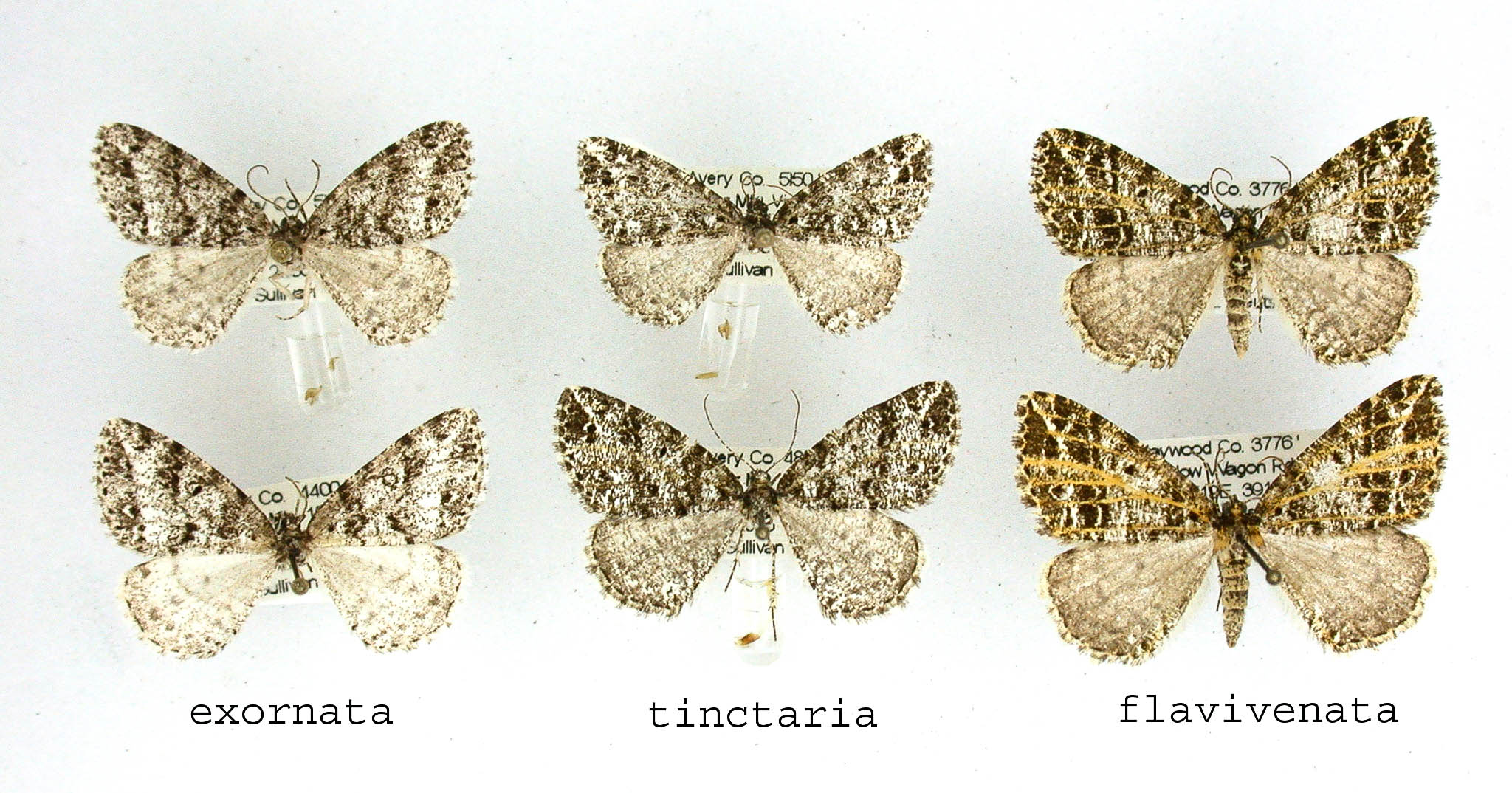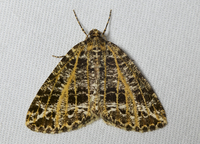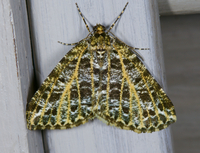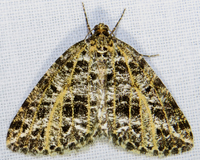« |
Home |  » » |
| View PDF | Geometridae Members: | Orthofidonia Members: | 10 NC Records |
|---|
Orthofidonia flavivenata (Hulst, 1898) - Yellow-veined Geometer |
 view caption |  |  |  |
Photo Gallery for Orthofidonia flavivenata - Yellow-veined Geometer | Photos: 5 |
| Moths of North Carolina |
« |
Home |  » » |
| View PDF | Geometridae Members: | Orthofidonia Members: | 10 NC Records |
|---|
Orthofidonia flavivenata (Hulst, 1898) - Yellow-veined Geometer |
 view caption |  |  |  |
Photo Gallery for Orthofidonia flavivenata - Yellow-veined Geometer | Photos: 5 |